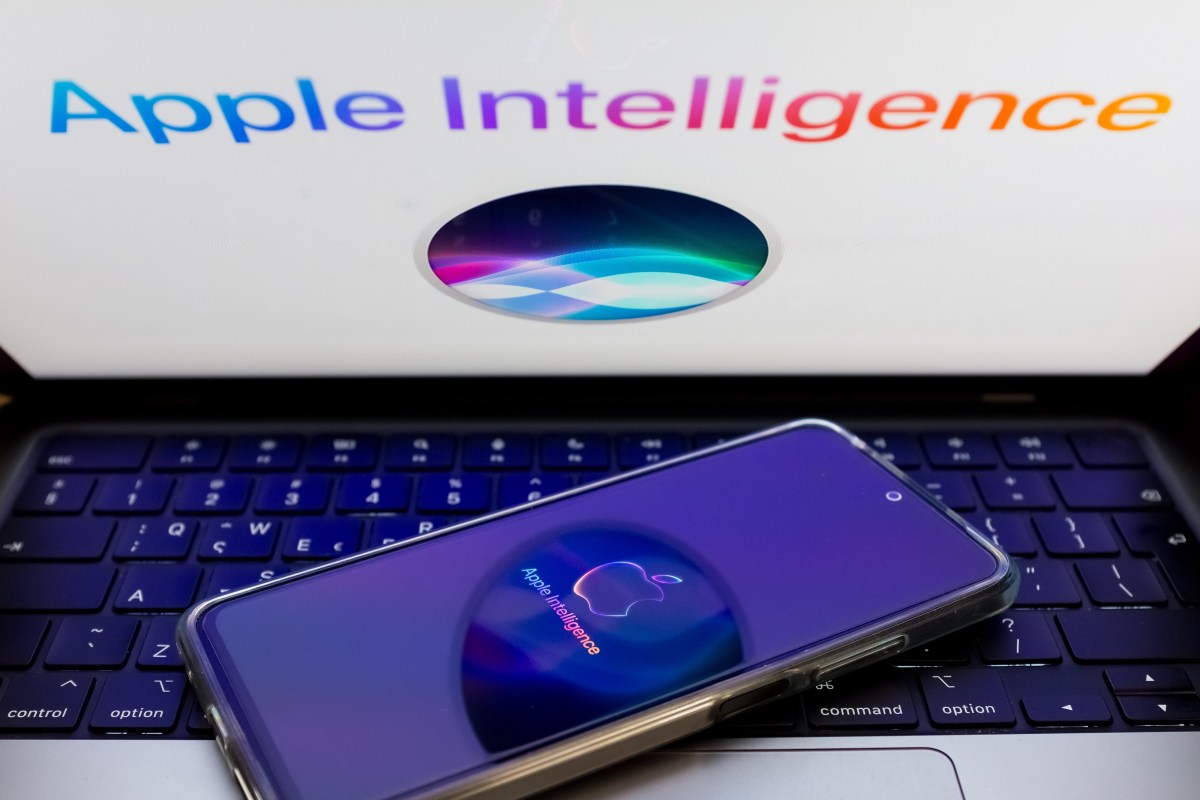Large tech companies do not sleep in the amount of chips: Amazon web services are introduced Ocelot;;;;;;;;;;;;;;;;;;;;;;; Microsoft, Majorana;;;;;;;;;;;;;;;;;;;;;;; and Google, Willow. But while all of this can be considered breakthroughs, volume startups are often focused on more practical progress – and they progress.
Established in 2020, starting Dutch Volume is one of them, claiming that this hardware produces the powers of computers for customers in 20 countries. Its main offer, vertical integration and optimization, or VIO, focus on the scale of bottlenecks in volume processing units (QPU).
Each in the volume computation field strives for more quubits, the equivalent of the volume of pieces-but the inclusion of more quubits in a single chip is stronger and less error than networking many smaller systems together. The proprietary architecture of the 3D volume, “Vio,”is the missing link in the scale of QPUs“According to its CEO, Matthijs Rijlaarsdam.
A Spinout of tu delft And the research institute, Quantwave, has now raised a € 20 million series A (approximately $ 19.27 million) – including € 5 million equity part of its € 7.5 million That -secure previously from the European Innovation Council thereafter € 6 million seeds of seed (The rest is a give).
Europe's funding, this all-equity round is led by Dutch-owned State Invest-NL Deep Tech Fund and Regional Economic Development Agency Innovationquarter, strengthening Quantwave's position as a frontrunner to The growing ecosystem of the Netherlands.
New funds will be used to measure the team and volume technology, which has also been updated recently: In February, the startup announced that it will receive preorders For Contraralto-AThe first QPU for correction of the volume error.
While Google's Willow processor brought a correction of the volume of the spotlight error, the quantware aims for the roadmap -focused strategy. This is designed for upgrading to larger Vio-Powered QPU, and Contraralto-A's To claim in fame Is this “almost twice as big as the competitive solutions available in commercials.”
Large tech companies, also engaged in racing to see who has the largest QPU with the most quubits. But from the point of view of startups that the risk of not surviving without income, the race is also about making quantum hardware commercial access to everyone – earlier than the latter.
In that front, the quantware is chasing two paths: distributing one's own designed QPUs, and allowing other companies to use its technology through its foundry and packaging services. The new fund will also be placed in these two directions – further vio formation and developing chip fabrication facilities.
In addition to research institutes, users include many well -funded volume startups, such as Alice & Bob, which has recently been raised $ 104 million. Two of these – volume machines, raised $ 170 million last monthand Seeqcalready announced $ 30 million in new funds in January – is also employed Includes the start of the Dutch in the development of technology and products.
Too early to tell which of these companies, if any, will appear an architecture of volume that can provide a million quubits; Microsoft is in this career, and Attached that its Majorana announcement has put that horizon “for years, not decades.”
What at stake, Rijlaarsdam told Techcrunch, is the ability for the whole to solve significant, industrial-scale problems.
“There is a large and important class of problems that even a cluster of Gawinatt AI is insoluble – but the computers volume is,” he said. “That's why we are building these systems. Some examples include calculations in volume systems, such as creating better materials, discovering new catalysts to break microplastics, or improving fertilizer maintenance.”
But for quantity, who believes in quantity of open architectureThe question is not who will build millions of Qubit systems; In the vio, it just wants to do its part in pushing for this to happen quickly.



